Before I tell you about our Sunday trip to visit archaeological sites on the southwest coast, let me tell you that Nicosia’s English newspaper, the Cyprus Mail, had an extensive article about our trip in Sunday’s edition. CLICK HERE to read the article by Natalie Hami, whom you’ll hear more about later. Further links under the lead picture of my grandparents will take you to some other pictures. You’ll get my own report starting in my next post.
Meanwhile, we took Sunday to explore some ancient ruins, set against the backdrop of Cyprus’s contemporary resort skylines. This was a regular tour in a Mercedes bus. Our guide was Stavroululu, who crisply and often humorously introduced us to the sites, always indicating how much more there was to see beyond our introductory tour. After passing a bank of wind turbines to the west of Larnaca, we could see the ancient monastery of Stavrovouni (Mount of the Holy Cross), founded, so they say, by St. Helen, the very energetic and pious mother of Constantine. That would put it at the beginning of the fourth century, after her visit to the Holy Land. We must always remember that it is her Christian commitment that lies behind Constantine’s momentous transformation of Christianity from being a persecuted and marginal sect to presiding as the authority behind monarchy and empire for over sixteen hundred years (and still counting). As you might suspect, Stavrovouni, like Mt. Athos in Greece, doesn’t allow any women to visit. I’m sorry to be so unsympathetic, but it’s just misogyny dressed up as sanctity.
As we moved along we passed one of Cyprus’s most renowned Neolithic sites, Choirokoitia, dated at around 7,000 years BC. They think Cyprus began to be settled around 9,000 BC, developing its own culture in isolation from the mainland. Like the Neolithic sites in Cornwall, it consists of round dwellings within a large circle of walls. We visited a best-guess reconstruction at the site on the way back. Despite the imaginative reconstructions of the archaeologists we can only rub these stones together in our minds, hoping for a spark of memory and insight to help us sense the life these humans lived, knowing that it is their technology and knowledge, not their brain size, that differs from ours.
We then stopped at the temple area of the Roman city of Kourion, high on a bluff overlooking the Mediterranean. Here again, I was in my mother’s footsteps. Our guide led us up to two pillars, stark against a background of blue skies and transmission towers. A nice juxtaposition of powers. It was these two pillars, minus their reconstructed supporting corner, that appear in the family photographs. Then, it was simply a field of scrub. Now, it is cleared to reveal the promenade and adjacent buildings of this cultic center. But still, it is only mute stones and fragments of imagination.
We wound along the coast to an even more fantastical spot, Aphrodite’s Rock, where, according to the juicy legend Stavroululu spun before us, Chronos cut off Uranus’s penis in a rage and threw it into the sea, siring, by accident, Aphrodite. We had some cool refreshments at the restaurant overlooking the foaming center of ancient fantasy. Aphrodite has forever been connected to Cyprus. She must be the patron saint of tourism in somebody’s religion.
Being a tour bus, we had to stop in the little town of Geroskipou (Sacred Gardens) to buy some Cyprus (formerly Turkish) Delights. The resentment fueled by the conflicts and invasion of Cyprus by the Turkish army goes that deep. I got the impression that resentment against the Greek military junta who alarmed the Turks is not much deeper below the surface. The “delights,” however, are still alarmingly delicious and you can’t have any we brought back. We didn’t even share them with the curious customs agent.
Paphos is a bright clean modern city succulent with tourists and pleasure seekers. The whole place is lying on top of ancient dwellings and urban ruins. On one bluff we visited massive tombs carved out of the limestone, each with its own well for washing the dead. I was reminded of the way infant baptism crept into 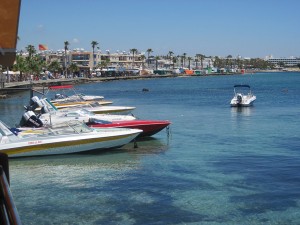 the early church, the rituals of death fusing with the Christian ritual of new life in the midst of early morbidity. Needless to say, these were tombs of wealthy people. As usual, the ordinary and marginal pass through life as spirit to spirit.
the early church, the rituals of death fusing with the Christian ritual of new life in the midst of early morbidity. Needless to say, these were tombs of wealthy people. As usual, the ordinary and marginal pass through life as spirit to spirit.
After a harborside lunch we toured the extensive floor mosaics in the “House of Dionysius,” a Roman villa. Though not as sumptuous as the ones we had seen in Sicily at Piazza Armerina, they still 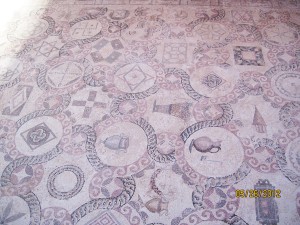 provide us with a glimpse into the immense wealth of the Roman empire’s citizens as well as the artistic skill they could draw upon.
provide us with a glimpse into the immense wealth of the Roman empire’s citizens as well as the artistic skill they could draw upon.
That evening we had a snack at Moby Dick’s Pub next door to the hotel. I had a large Keo beer and Sylvia had some wine with our hamburgers while the usual gaggle of old men sat, sipped, and talked about the world of memories that sustain them. That, at least, has not changed much. We got to bed early after talking with Natalie about Monday’s visit to Skouriotissa.

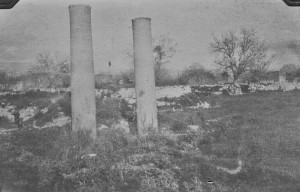
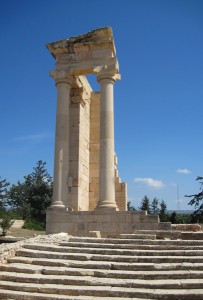
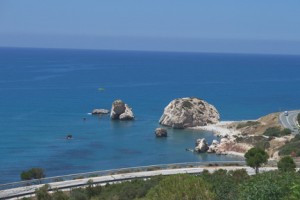
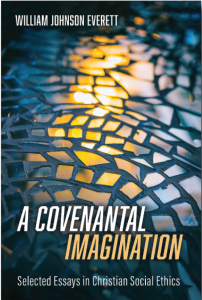
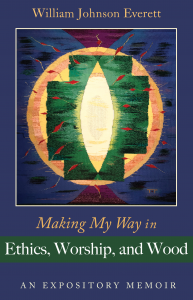
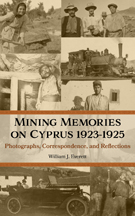

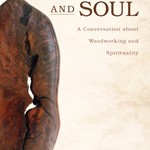
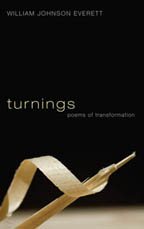
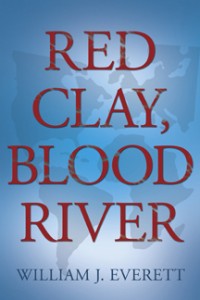 Red Clay, Blood River
Red Clay, Blood River
Bill
I haven’t read the complete blog regarding your trip yet but I am getting to it as I can find the time. You did such a fantastic job combining the narrative with the photos that I feel like I have been there. If you ever get tired of the woodworking, you would be a great traveling reporter or tour guide.
Thanks for sharing.
LavillaB
Bill, what a rich treat, an inspiring intertwining of ancient history, Christianity’s critical years, and personal legacy. I never knew this about your mother’s background. Any other surprises you’ll be sharing?
Thanks, Bill, for sharing an amazing journey through the past and the nearer present. Makes me realize again how very young American is, if you don’t factor in the Native American history. You always have an interesting slant on rituals and cultures. And who would have known much about St. Constantine’s mother? We forget how much he was influenced by her and, therefore, how much she changed Christianity.